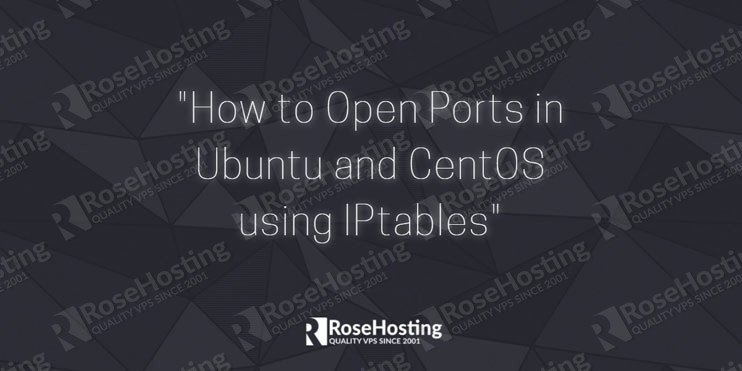



We will show you how to redirect HTTP traffic to HTTPS in Nginx and Apache. You should always use HTTPS instead of HTTP to protect your website, even if it doesn’t handle sensitive communications. The main reasons to use HTTPS are:
To use HTTPS, you’ll need an SSL Certificate. You can get a VPS from us and we’ll install the certificate for you and properly configure Nginx/Apache to redirect all traffic to HTTPS, free of charge.
In this tutorial, we will show you some basic network commands in Linux, which can be useful when troubleshooting networking problems with other servers both within the network and across the Internet, obtaining more information about other servers.
We’ll show you the Top 10 Social Media Plugins for WordPress. In order to drive more social media traffic to your WordPress blog, you will love these WordPress social media plugins. These plugins will let you add a beautiful set of social share buttons on your posts which will encourage your visitors to share your content on their social networks. This will help your website get better exposure and it will increase the user engagement.
We’ll show you, how to secure LEMP stack. LEMP, it stands for Linux, (EngineX) NGINX, MariaDB (or MySQL) and PHP. Due to its flexibility and simplicity, NGINX slowly takes over the Internet. In this tutorial, we will attempt, through examples of bad and good practices, to go through the steps of properly securing your Linux web server. So what is the term Security? Often you can hear the IT Engineers saying “Our network is secure” or “Our servers are secure” however, those sentences although widely used are technically not correct, as in many books and publications you can find that Security as a term is not a static value, but rather a degree. From Wikipedia the definition is:
“Security is the degree of resistance to, or protection from harm. It applies to any vulnerable and/or valuable asset, such as a person, dwelling, community, item, nation, or organization.”
In terms of servers or applications, one should always be aware that the more secure their server or application is, the less accessible it becomes (it is harder to be accessed).
Of course, the best example for this is the proverb:
“The most secure server is the one that is switched off.”.
As ridiculous as it may sound, this is occasionally practiced by some organizations today, where their most secure servers are kept offline and/or in totally closed networks and are powered on only when they need to be.


Apt-Get List Installed – step by step tutorial. Apt is a command-line interface that allows you to perform actions such as installing new software packages, removing unnecessary software packages, updating the existing software packages, searching for specific software packages etc. on a Linux VPS running Debian as an operating system or Debian-based Linux distributions like Ubuntu. In this tutorial, we will show you how to list all installed packages with apt on Ubuntu (show all installed software on your VPS).
Ansible is an open-source automation engine that automates cloud provisioning, configuration management, and application deployment. It can configure systems, deploy software, and orchestrate more advanced IT tasks such as continuous deployments or zero downtime rolling updates. Once installed on a control node, Ansible, which is an agent-less architecture, connects to a managed node through the default OpenSSH connection type.
Simplicity and ease-of-use are Ansible’s main goals with a strong focus on security and reliability.
In this tutorial, we will explain, how to install multiple Odoo instances on a single Ubuntu 16.04, using a python virtual environment. This guide should work on other Linux VPS systems as well but was tested and written for an Ubuntu 16.04 VPS.